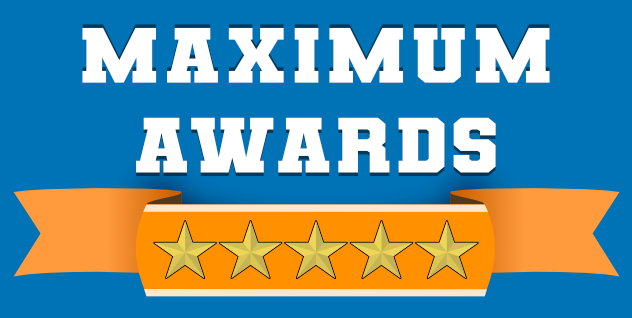Every employer should understand their federal and state workplace liability. Stanley Law Office is here to help you make sense of the law.
Whether you have one employee or a hundred, it’s important to understand your workplace liability as an employer. Before getting into the details of the laws, employers must first know how many employees they have according to federal guidelines. Once you know how many people qualify as your employees, then you can determine which workplace liabilities you are subject to. There are several different areas where you may be liable, such as wage protection, payroll taxes, and anti-discrimination laws.
How Many Employees Do I Have?
Many state and federal guidelines are based on how many employees you have. In order to determine this, first you have to understand who qualifies as an employee. While it might seem that the easy answer is to count how many people work for you, there are actually different classifications. The basic rule is that if you control how, when, and where a person works, they are an employee (even if you choose not to assert that control). Otherwise, they are an independent contractor. The IRS and Fair Labor Standards Act (FLSA) have more detailed tests to determine the difference. The IRS uses a 20-factor test, and there are six standards under FLSA. There are severe penalties for intentionally classifying a worker as a contractor to avoid workplace liability, so the best way to protect yourself is to meet both definitions.
Once you understand who qualifies, count everyone who is on your payroll during a week. Temporary workers acquired from a staffing agency may also be counted as employees, so be sure to include them. If you meet a certain number for 20 weeks out of the year, you will qualify for that number for the entire year. This number will determine which liabilities apply to your business.
What Are Some Federal Employment Laws I Should Know About?
One of the most important aspects of employer liability is in the area of anti-discrimination laws. These are enforced by the Equal Employment Opportunity Commission (EEOC) and violations are taken very seriously. As an employer, you cannot discriminate against a person based on their age, national origin, religion, gender, color, pregnancy, genetic information, or disability status. These laws cover all areas of the workplace, from advertising for positions to hiring, pay, training, and termination. While there is some ambiguity regarding agency temps, leased employees, and independent contractors, anti-discrimination laws protect employees of companies of all sizes. Non-employees, like independent contractors, may be protected but may also need the courts to decide, depending on the discrimination allegations.
As an employer, you are required to withhold and pay payroll taxes. Other laws employers must adhere to include hourly pay and overtime regulations, child labor laws, and workplace safety standards. Some of these laws depend on how many employees you have. For instance, if you employ more than 50 people, you should be aware of the Family and Medical Leave Act (FMLA), which allows your employees to take unpaid leave under certain circumstances. Federal guidelines may also dictate that you display certain posters in your workplace.
Keep in mind that state laws may differ from federal, especially regarding the number of workers required for workplace liability. You may be exempt from a federal regulation while being liable in your state.
For legal help you can count on, contact Stanley Law Offices. Our team is here to help you figure out your liability and adhere to the necessary laws.














